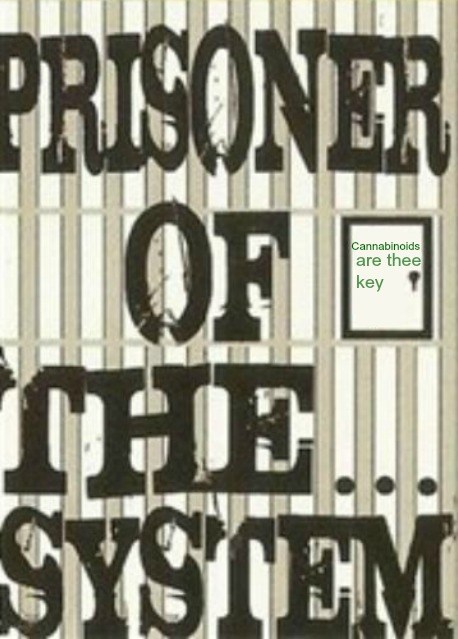Glucocorticoid receptors in the prefrontal cortex regulate dopamine efflux to stress via descending glutamatergic feedback to the ventral tegmental area.
Source
Department of Psychiatry, University of British Columbia, Vancouver, Canada.
Abstract
Enhanced dopamine (DA) efflux in the medial prefrontal cortex (mPFC) is a well-documented response to acute stress. We have previously shown that glucocorticoid receptors in the mPFC regulate stress-evoked DA efflux but the underlying mechanism is unknown. DA neurons in the ventral tegmental area (VTA) receive excitatory input from and send reciprocal projections to the mPFC. We hypothesize that blockade of prefrontal glucocorticoid receptors can reduce activity of descending glutamatergic input to the VTA, thereby attenuating stress-evoked DA efflux in the mPFC. Using in vivo microdialysis, we demonstrate that acute tail-pinch stress leads to a significant increase in glutamate efflux in the VTA. Blockade of prefrontal glucocorticoid receptors with the selective antagonist CORT 108297 attenuates stress-evoked glutamate efflux in the VTA together with DA efflux in the mPFC. Furthermore, blockade of ionotrophic glutamate receptors in the VTA attenuates stress-evoked DA efflux in the mPFC. We also examine the possible role of glucocorticoid-induced synthesis and release of endocannabinoids acting presynaptically via cannabinoid CB1 receptors to inhibit GABA release onto prefrontal pyramidal cells, thus enhancing descending glutamatergic input to the VTA leading to an increase in mPFC DA efflux during stress. However, administration of the cannabinoid CB1 receptor antagonist into the mPFC does not attenuate stress-evoked DA efflux in the mPFC. Taken together, our data indicate that glucocorticoids act locally within the mPFC to modulate mesocortical DA efflux by potentiation of glutamatergic drive onto DA neurons in the VTA.


